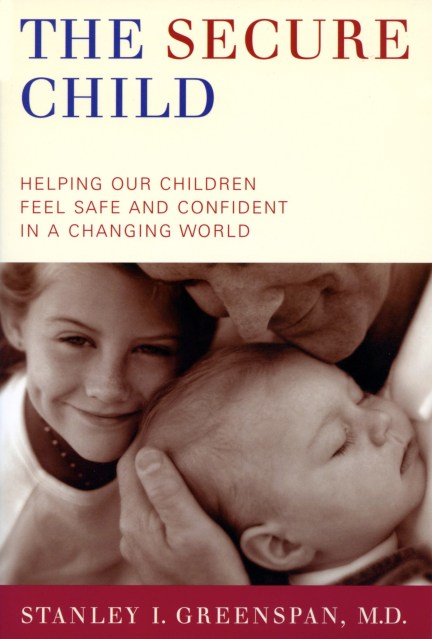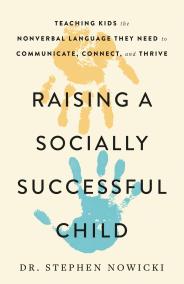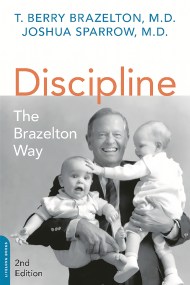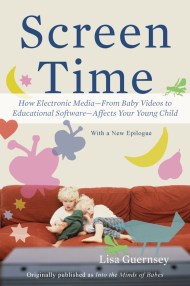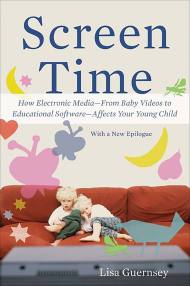By clicking “Accept,” you agree to the use of cookies and similar technologies on your device as set forth in our Cookie Policy and our Privacy Policy. Please note that certain cookies are essential for this website to function properly and do not require user consent to be deployed.
The Secure Child
Helping Our Children Feel Safe And Confident In A Changing World
Contributors
Formats and Prices
- On Sale
- Oct 16, 2003
- Page Count
- 176 pages
- Publisher
- Balance
- ISBN-13
- 9780738208169
Price
$19.99Price
$25.99 CADFormat
Format:
Trade Paperback $19.99 $25.99 CADBuy from Other Retailers:
Genre:
Newsletter Signup
By clicking ‘Sign Up,’ I acknowledge that I have read and agree to Hachette Book Group’s Privacy Policy and Terms of Use
